Rocky Mountain Nocturnes ™
Images of Colorado from Dusk to Dawn
noc·turne
'näktərn/noun
A short musical composition of a romantic or dreamy character suggestive of night, typically for piano.
Nighttime transforms the Rocky Mountain landscape and makes the world appear strangely magical. Nocturnally, terrestrial features become softened and subdued. But we can also see things that are invisible during the daylight hours—meteors and planets, comets and galaxies, and most ubiquitously, stars—beautiful, shimmering stars.
In most cities though, the night sky looks as if it has been voided of stars, leaving behind an empty haze that resembles the urban glow of dystopian science fiction. We've grown so accustomed to this pervasive orange haze that the original glory of an unlit night—dark enough for the faint light of Venus to cast shadows on Earth—is entirely beyond our experience. And yet above the city's pale ceiling lies the unseen universe, utterly unobscured by our cast off light—a bright flurry of stars and planets shining in seemingly infinite blackness. These are the ancient skies our ancestors knew.
So what can be done to remedy the omnipresent modern malady of light pollution? Self-imposed exile into remote isolation is one therapy. Sitting on a mountain summit and seeing the Milky Way—the edge of our galaxy—arching overhead can provide perspective and an awesome sense of our place in the universe. And spending countless nights under starry skies in the faraway wilderness can awaken a primeval connection with the heavens—heightening awareness that we are on a long cosmic journey, whirling through space and time on a minuscule planet.
I'm enchanted by the otherworldly feeling that is evoked when an unusual rock outcrop or a knurled and twisted tree is composed against a star-powdered sky. Capturing these mysterious moments during Colorado’s alluring nocturnal hours has been the inspiration for this collection of photographs.
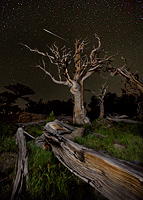 |
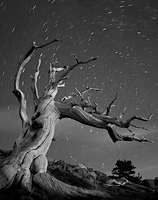 |
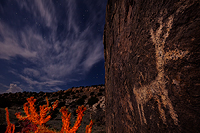 |
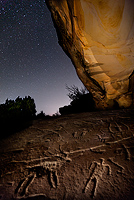 |
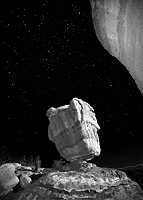 |
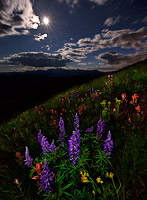 |
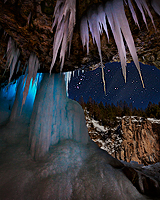 |
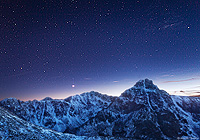 |
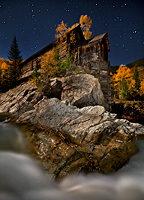 |
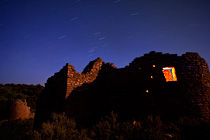 |
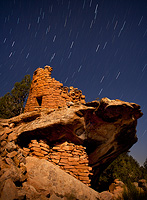 |
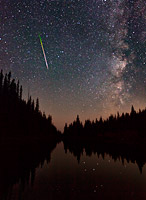 |
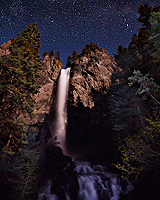 |
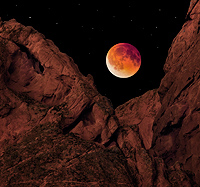 |
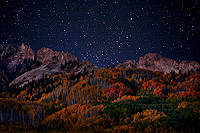 |
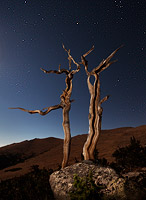 |
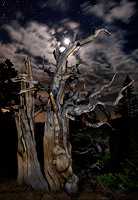 |
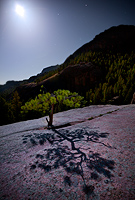 |
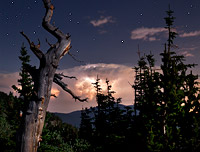 |
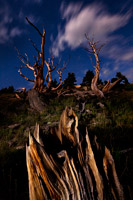 |
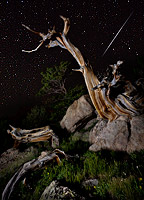 |
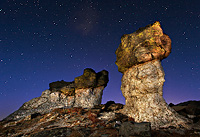 |
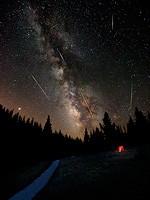 |
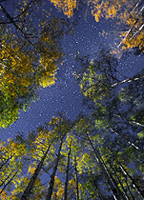 |
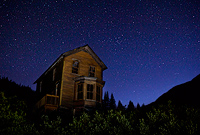 |
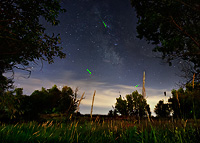 |
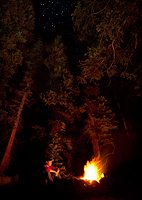 |
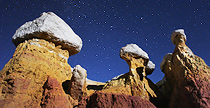 |
 |
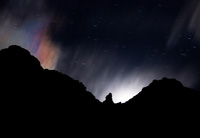 |
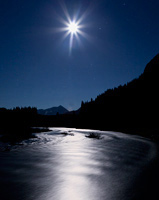 |
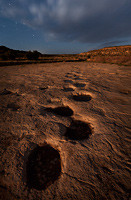 |
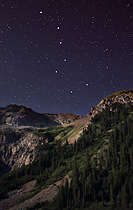 |
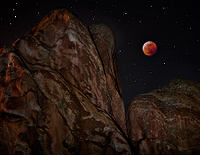 |
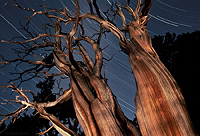 |
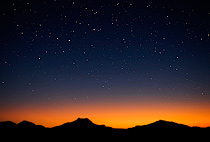 |
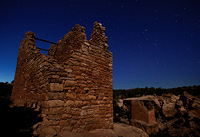 |
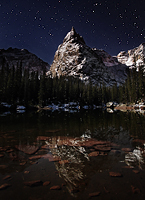 |
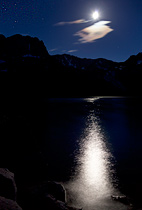 |
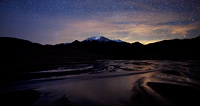 |
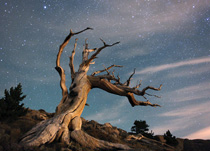 |
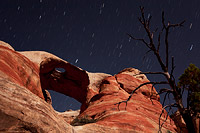 |
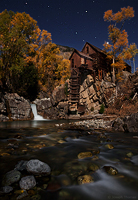 |
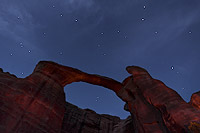 |
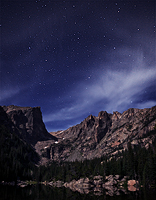 |
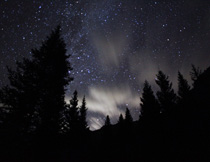 |
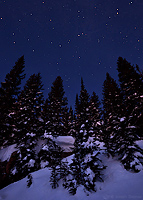 |
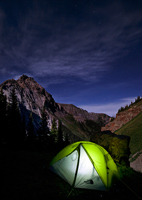 |
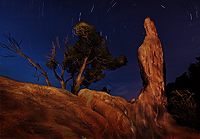 |
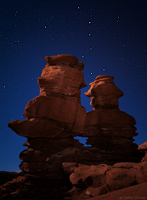 |
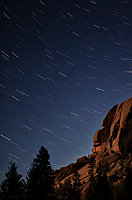 |
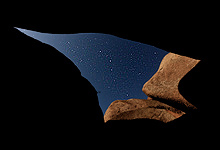 |
 |
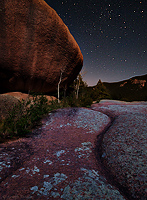 |
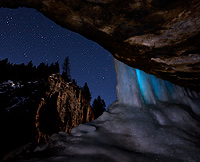 |
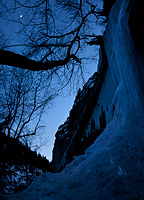 |
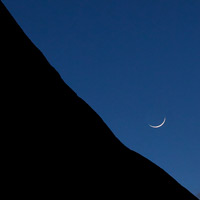 |
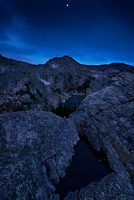 |
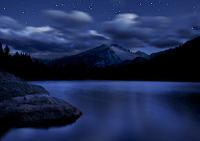 |
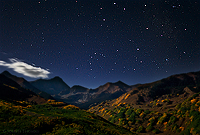 |